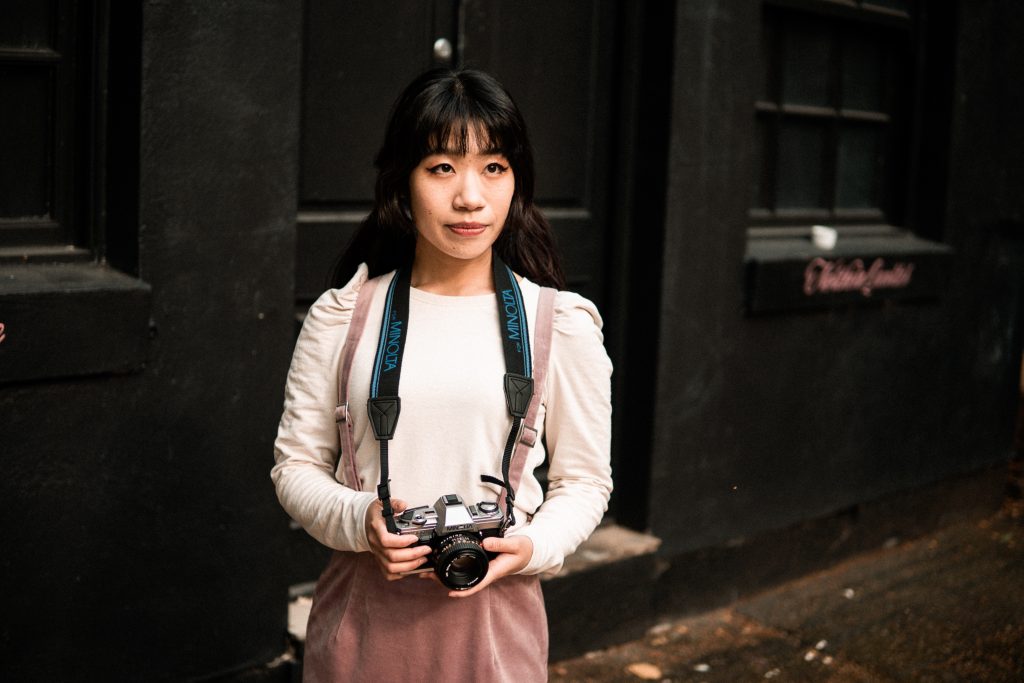
Capturing Manchester on Film: A Photographer’s Guide
Manchester, a city rich in history and character, offers a unique backdrop for film photography. Its industrial heritage, vibrant culture, and architectural diversity provide endless opportunities for capturing stunning images. In this guide, we’ll explore some iconic locations, recommend suitable film stocks, and offer exposure tips for perfect results.

Choosing the Right Film Stock
The choice of film stock can significantly impact the mood and atmosphere of your photographs. For Manchester’s often overcast skies and industrial scenes, black and white film like Ilford HP5+ or Kodak Tri-X 400 can create dramatic and timeless images. To capture the city’s vibrant energy, colour negative films such as Kodak Portra 400 or Fuji Pro 400H offer a balanced and natural look. If you prefer a more cinematic aesthetic, consider Kodak Ektar 100 for its high contrast and saturated colours.

Iconic Manchester Locations
The Northern Quarter: This bohemian district is a photographer’s paradise. With its colourful murals, independent shops, and bustling atmosphere, it offers countless opportunities for street photography.
Manchester Cathedral: This majestic Gothic building is a stunning architectural masterpiece. Its intricate details and soaring spires provide a dramatic backdrop for portraits and architectural photography.
The Lowry: Home to world-class art and theatre, The Lowry offers a modern contrast to the city’s industrial heritage. The building’s distinctive architecture and surrounding waterside views make it a compelling subject.
Castlefield: This historic area boasts a blend of old and new, with cobbled streets, canals, and modern architecture. Explore the area’s hidden corners to discover unique photographic opportunities.

Exposing Your Film Correctly
While modern cameras offer light meters, understanding basic exposure principles is essential for film photography. Aim for a middle grey exposure to achieve balanced images. If you’re unsure, err on the side of overexposure, as film can handle more light than digital sensors. Use a light meter or rely on the sunny 16 rule as a starting point.
Remember, film photography is an art form that requires experimentation. Don’t be afraid to try different film stocks, locations, and exposure settings to find your unique style. Embrace the unpredictable nature of film and enjoy the process of capturing Manchester’s essence on celluloid.
For more info or to book a shoot drop us an email or hit the contact button and we will get right back to you.
